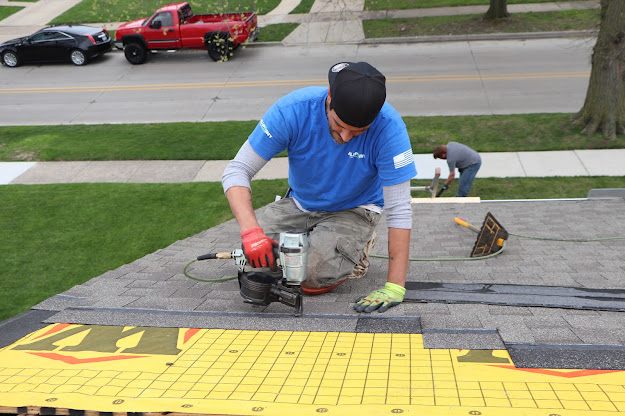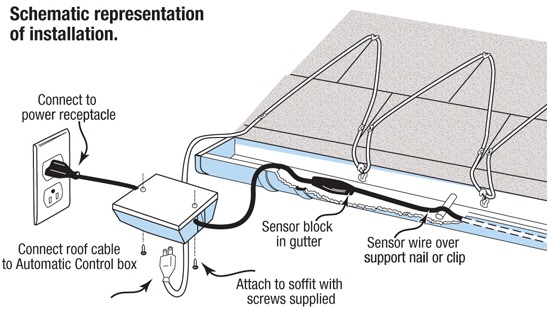How to repair leaks on roof valleys in Easy steps.
A properly flashed roof valley must have an ice and water shield fixed, with roofing felt being properly protected over the ice and water. If the ice and water shield has missed, then you have to remove the shingles from both sides of the valley, place ice and water shield in place, and re-shingles the roof.
·
You can check if the ice and
water shield is installed in your attic by checking through the spaces on the
board if you have found that there are any spaces where the roof valley is located.
(If you have plywood for a roof deck, you won't see much).
·
You can also put a ladder on your
roof towards the valley, pick up some shingles, and check if there is a place
for ice and water. If it is missing, then you need to make sure it is in place
·
If your home has more than one
valley, you will need to consider a complete re-roofing work, especially if
your roof is very old, and will need to be replaced soon.
·
In areas of the roof valley,
aging shingles can create gaps and cracks here and there that allow moisture to
pass through. Intact shingles create a water obstacle in a new or
well-maintained old roof.
·
Exposure to sun, wind, rain, and
snow gradually causes the shingles to shrink, and break. Eventually, the roof
shingles can be blown off or washed off the roof. When this happens, the basic
roofing materials are exposed, and leakage turns into a very real possibility
and a costly potential problem.
·
Improperly placed roof nails
during shingling/installation in the roof valley can accelerate the aging
process. When roofing nails are placed in the seam areas of the roof valley,
they can absorb moisture.
·
Nailing near the valleys of the
roof also causes stress and this stress results in premature wear and cracking,
which leads to premature aging and skin damage. Roofing nails should be at
least six to ten inches away from the seam to reduce the pressure on the
roofing material.
·
High winds sometimes blow away
from the roof valley, especially if the edges of the shingles described above
are not nailed to the edge space because of the shingle's stress. Roof valleys
can also be easily dislodged due to rain and wind. Damage to the roof and
interior can be minimized or eliminated if the owner of the property replaces
the affected material quickly.
·
Roof valleys can collect dirt,
leaves, tree branches and limbs, snow, and ice. When these foreign objects are
piled up, the water naturally obstructs downwards, and the water gets stuck and
trapped, and eventually passes. To avoid this build, inspect your roof at least
twice a year. Eliminating the accumulation of debris in valleys and gutters
will allow water to flow faster, and prevent shingles and flashing.
·
Sometimes the roof of an old
house is more prone to leaks due to old repairs. The sealant and roof pitch can
crack and chip over time. If your roof leak is damaged by an old repair,
consider repairing the leak professionally. Some shingles and glitter may need
to be removed and replaced, but the roof can usually be saved with good quality
repairs.



Comments
Post a Comment